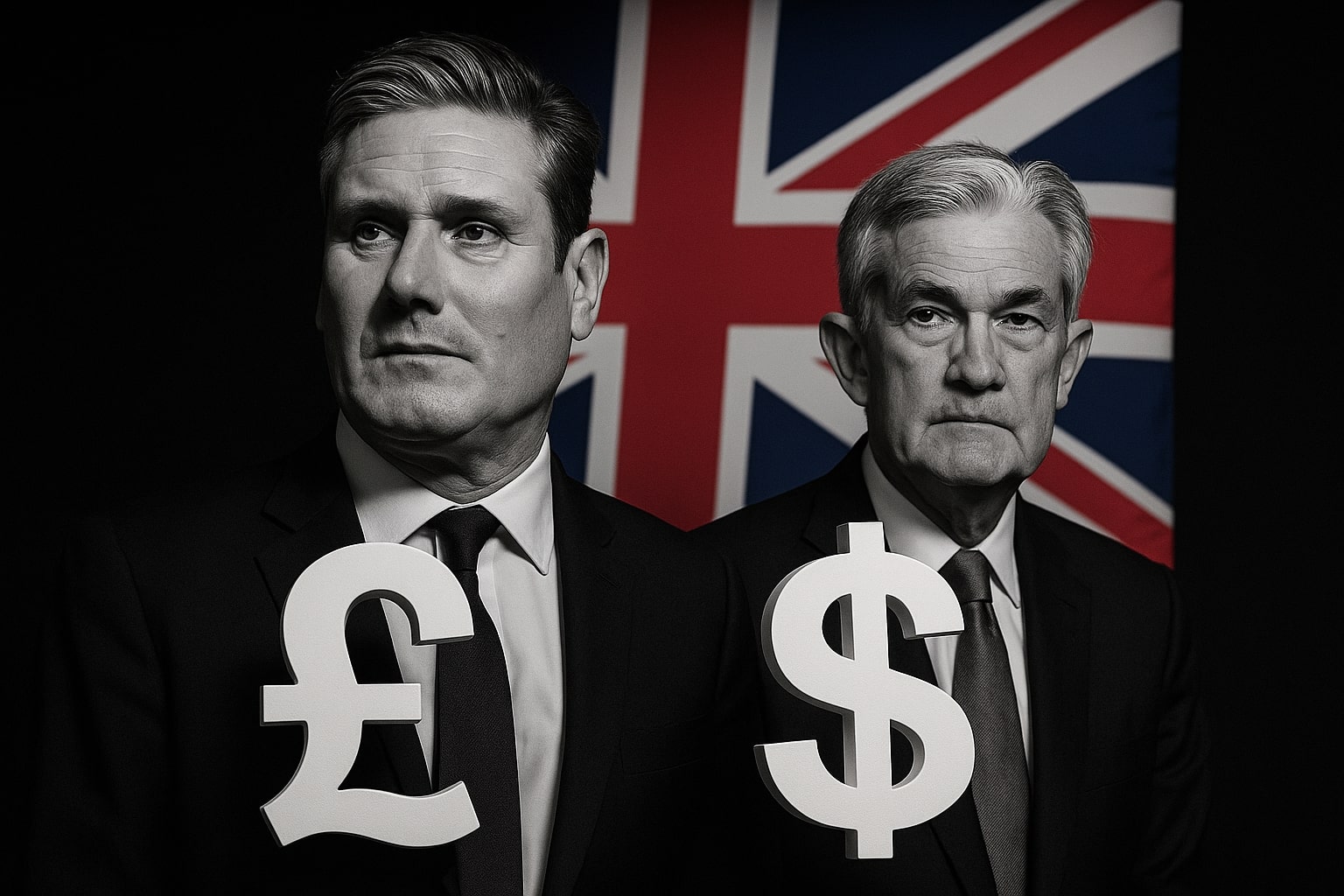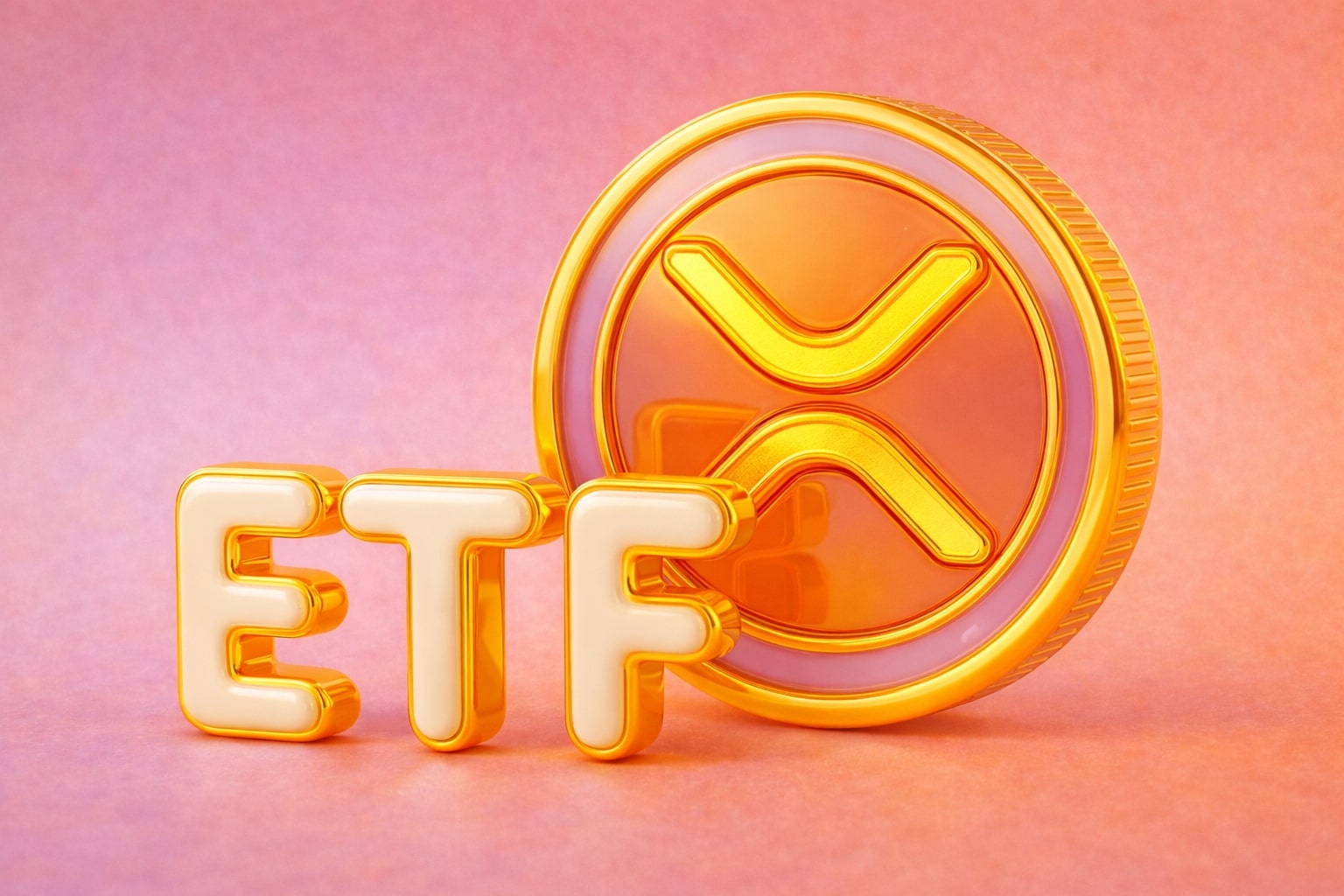
GBP/USD Price Forecast - Pound Climbs Toward 1.3200 as Dollar Weakens and UK Data Sparks Major Repricing
Sterling pushes to 1.3197 on broad USD losses after the U.S. reopening, even as UK GDP contracts -0.1%, and unemployment hits 5.0% | That's TradingNEWS
Gbp/Usd Price Rebuilds Momentum As Dollar Weakens, UK Data Disappoints And Market Repositions After Shutdown
GBP/USD trades around 1.3140–1.3200 after clearing the intraday dip driven by the U.S. government reopening and the immediate selloff in the USD, which slid toward 99.37–99.50 on the DXY. The pair’s recovery toward 1.3197, marking a fresh two-week high, reflects a market adjusting to a rapidly shifting macro backdrop: UK GDP contraction at -0.1% MoM, weaker industrial production, an unemployment rate rising to 5.0%, falling wage growth, fading Fed clarity, and a U.S. data backlog that intensifies uncertainty across global FX desks. Despite GBP strength today, the backdrop remains fragile because the same data points lifting the Pound intraday are simultaneously building a deeper bearish foundation beneath it.
Sterling’s rebound is powered largely by the USD's vulnerability: a 222–209 vote ended the longest U.S. shutdown in history, unlocking delayed economic releases that traders have been blind to for more than a month. Yet even after reopening, officials warn that October jobs and inflation prints may never be released, leaving the market hanging between expectation and speculation. Fed futures now price a 64% probability of a December rate cut, but policymakers remain split. Cleveland’s Beth Hammack warns inflation will stay sticky. Raphael Bostic wants more proof before easing. San Francisco’s Mary Daly says uncertainty has “eased,” but refuses to signal a cut. Divergence inside the Fed’s bloc is precisely what drives the USD imbalance supporting the GBP/USD rebound.
But the UK side is equally complex. UK GDP contracting 0.1% MoM in September, missing expectations of 0%, confirms momentum loss as the BoE approaches a delicate December decision. Year-on-year GDP growth stands at 1.3%, below the 1.4% expected. Manufacturing and industrial production both miss forecasts, reinforcing the view that the UK’s growth profile is softening structurally. After the release, markets push BoE cut odds to 80%, with expectations of an additional 50 bps of easing priced for 2026. The political environment exacerbates the fragility: a plot to oust Prime Minister Keir Starmer adds an unpriced political-risk premium, precisely what analysts referenced when warning that GBP downside resumes if political risk rises relative to monetary divergence.
The currency matrix illustrates how thin Sterling’s advantage is. This week GBP gained 0.36% vs USD, 0.69% vs JPY but lost against AUD (-0.56%) and NZD (-0.59%), and significantly underperformed CHF (-1.24%). The heat map confirms GBP’s strength today is selective, not broad-based. It is reacting to USD weakness, not UK strength.
Technical structure aligns with macro tension. GBP/USD push toward 1.3200 meets resistance at the 20-day SMA (1.3221) and the 200-day SMA (1.3275) — both crucial trend markers. RSI remains conflicted: momentum rises but stays vulnerable. Sellers defending 1.3200 are aware that a daily close above 1.3221 flips the short-term trend. Conversely, a move below 1.3100 reopens 1.3000, a level that has repeatedly defined the line between corrective dips and structural trend deterioration. Short-term buying pressure emerges around 1.3090, seen clearly in the 1.3140 rebound, but the larger pattern — a descending trendline combined with stacked moving averages — still leans bearish.
Global dynamics add more strain. The U.S. reopening spurs optimism, but threats of another shutdown in late January preserve uncertainty. The absence of October macro data prevents traders from recalibrating models. Fed commentary from Kashkari, Musalem, Daly, Hammack and Greene becomes the market’s only real driver until new official data appears. Any hawkish tone from this cluster will immediately re-strengthen the USD and pressure GBP/USD back toward 1.3100.
At the same time, the UK’s deteriorating fundamentals are not temporary. Rising unemployment to 5.0%, declining wage growth, and GDP contraction simultaneously weaken the consumer-driven segments the UK relies on. Industrial softness adds downstream pressure. And political tension could widen risk premiums further, especially if confidence inside the ruling party erodes ahead of the November 26 budget statement — a date that traders are already positioning for.
The U.S. side has its own risks: inflation uncertainty, delayed data, and 50/50 recession vs. soft-landing expectations. But as long as the USD remains below the 99.68 channel ceiling and cannot reclaim 100.00, GBP/USD stays biased upward in the near term. The problem is durability: without UK improvements, rallies will not sustain.
Read More
-
IVE ETF Near $212: Is This S&P 500 Value Play Still Cheap for 2026?
20.12.2025 · TradingNEWS ArchiveStocks
-
XRP ETFs XRPI at $11.07 and XRPR at $15.76 Power $1.2B Inflows as XRP Fights for $2
20.12.2025 · TradingNEWS ArchiveCrypto
-
Natural Gas Price Forecast: NG=F Tests $3.60 Support as LNG Boom and $5 Henry Hub Calls Build Into 2026
20.12.2025 · TradingNEWS ArchiveCommodities
-
USD/JPY Price Forecast - Pairs Surges After BoJ’s 0.75% Hike as Pair Eyes 161.50 Resistance
20.12.2025 · TradingNEWS ArchiveForex
Market psychology now revolves around three levels: 1.3200, 1.3221, and 1.3275 — the breakout staircase. Bears only regain full control if they can drive GBP/USD below 1.3090 and then 1.3000, where stop clusters likely sit.
Taking the combined weight of all events — UK contraction, U.S. weakness, reopening volatility, BoE cut odds at 80%, Fed cut odds at 64%, political tension, GDP misses, unemployment rise, missing U.S. data, shutdown uncertainty, and the technical setup — the directional stance becomes clearer.
GBP/USD is short-term bullish, medium-term neutral, long-term bearish unless UK macro stabilizes.
Verdict: HOLD (bullish bias short-term, risk of medium-term reversal; data-dependent).



















